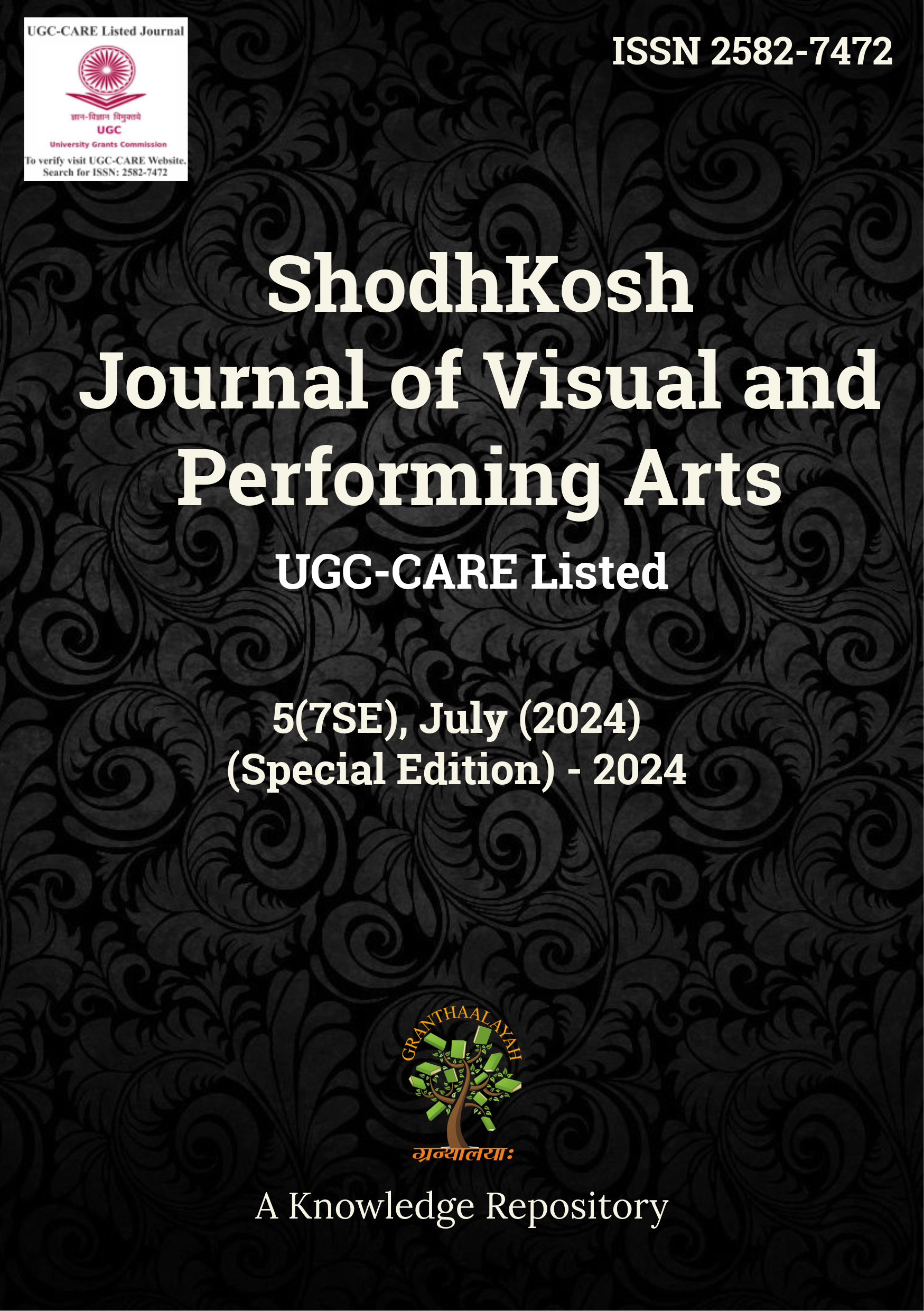EXPLORING GENDER INTERSECTIONALITY IN BEGUM ROKEYA'S WORKS AND VANDANA SINGH'S WORKS
DOI:
https://doi.org/10.29121/shodhkosh.v5.i7SE.2024.5833Keywords:
Gender Intersectionality, Multiple Identities, Discrimination, OppressionAbstract [English]
This paper analyses the theme of gender intersectionality in Begum Rokeya's 'Sultana's Dream' (1905) and Vandana Singh's 'The Woman Who Thought She was a Planet' (2008). These two important works are rooted in different cultural and historical backgrounds. Both the stories defy the patriarchal norms and bring forth alternative perceptions of gender, space, and power. Rokeya's Sultana's Dream is a utopian vision of a society ruled by women, where female intellect and freedom are the central themes, overturning the traditional gender roles. On the other hand, Singh's story revolves around alienation and transformation in a dystopian world, using metaphor to speak about identity and societal constraints on women.
Using an intersectional framework, this paper analyses the way these authors approach the intersecting issues of gender, class, and culture. It looks into how Rokeya critiques colonial patriarchy through the construction of a progressive society led by women, while Singh explores the challenges women face within and beyond patriarchal structures. The article suggests that both narratives do not only depict alternative realities but also challenge the constraints on female identities. This analysis demonstrates how speculative fiction continues to be relevant in exposing and confronting gender inequalities and emphasizes the role of imagination in challenging societal norms
References
Rokeya, Begum. ‘Sultana's Dream’. 1905.
Singh, Vandana. ‘The Woman Who Thought She Was a Planet’. 2008.
Roye, Susmita. “Sultana’s Dream vs. Rokeya’s Reality: A Study of One of the ‘Pioneering’ Feminist Science Fictions.” Kunapipi, vol. 31, no. 2, 2009, pp. 98–109.
Chetia, Barnali. “Women in Science Fiction—Echoes from an Uninhibited World.” Proceedings of the 2nd World Conference on Women’s Studies, vol. 1, 2016, pp. 57–61. TIIKM, doi:10.17501/wcws.2016.1107. DOI: https://doi.org/10.17501/wcws.2016.1107
“Feminist Visionary: Begum Rokeya's Role in Reshaping Gender Norms in Early 20th Century Bengal.” ResearchGate, Dec. 2023.
Akter, Mst. Rahima. “Empowering Women as the Means of Emancipation: A Critical Study of Rokeya Sakhawat Hossain's Sultana's Dream.” International Journal of Asian History, Cultures and Traditions, vol. 9, no. 1, 2023, pp. 9–21. European Centre for Research Training and Development-UK, doi:10.37745/ijahct.14/vol9n1921.
Martín, Sara. “Decolonizing the Mind, Writing Outside the Identity Box: Vandana Singh’s Complex Speculative Fiction.” Universitat Autònoma de Barcelona, Oct. 2020, Sara.Martin@uab.cat.
Downloads
Published
How to Cite
Issue
Section
License
Copyright (c) 2024 Deshmukh Manjusha Sudhir, Dr. Anuradha Kshirsagar

This work is licensed under a Creative Commons Attribution 4.0 International License.
With the licence CC-BY, authors retain the copyright, allowing anyone to download, reuse, re-print, modify, distribute, and/or copy their contribution. The work must be properly attributed to its author.
It is not necessary to ask for further permission from the author or journal board.
This journal provides immediate open access to its content on the principle that making research freely available to the public supports a greater global exchange of knowledge.




















